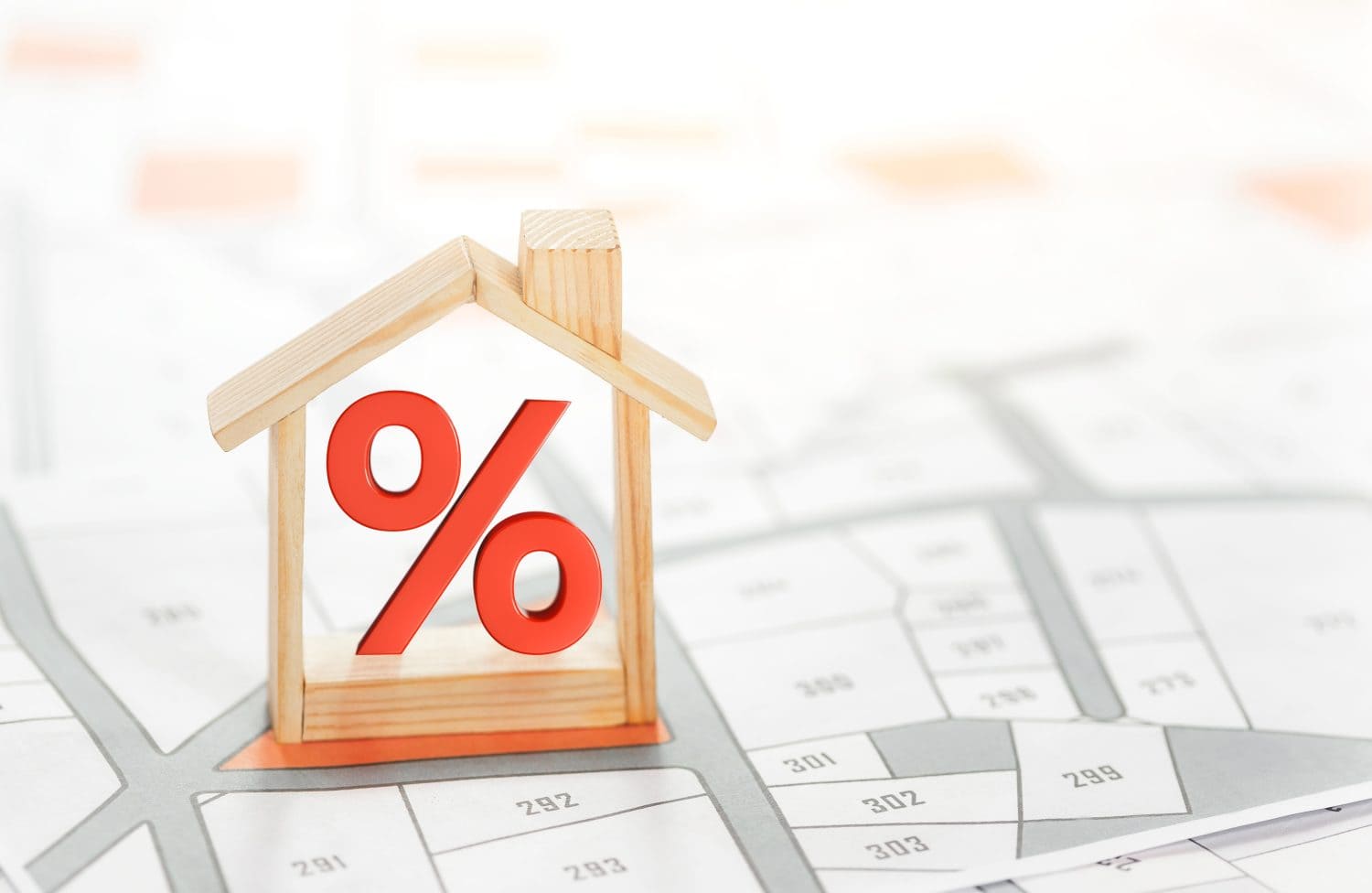The Harsh and Painful Reality of Taking Out a 7% Mortgage: Implications for Individuals and the Economy
A 7% mortgage interest rate is a harsh reality for homebuyers looking to purchase a new property. This rate, which is higher than what many have grown accustomed to over the past 15 years, significantly impacts monthly payments and long-term financial commitments. In this post, we’ll discuss the implications of a 7% mortgage for individuals and the economy.
Individual Implications
To understand the impact of a 7% mortgage on individuals, let’s explore how amortization works and the long-term financial implications.:
Amortization and Monthly Payments
Amortization is the gradual process of paying down a loan through regular monthly payments. These payments consist of both interest and principal portions. With a 7% mortgage, monthly payments will be higher compared to lower interest rates. For example, a $350,000 mortgage at a 7% interest rate would result in a monthly payment of $2,329.
Long-Term Financial Impacts
Over the life of a 30-year mortgage, the total cost of a $350,000 loan at a 7% interest rate is $838,281, with $488,281 paid solely in interest. This is a substantial difference compared to a 4% interest rate, where the total cost would amount to $677,844.
Economic Implications
The rise in mortgage interest rates has broader implications for the economy. Here are a few potential impacts:
Housing Market
A higher mortgage rate can lead to a slower housing market, as potential buyers may be deterred by the increased cost of buying a home. This could result in a decrease in demand for new homes and a potential slowdown in the housing industry.
Consumer Spending
Higher mortgage payments can limit consumers’ disposable income, potentially impacting their ability to spend on other goods and services. This could lead to a decrease in overall consumer spending and a slowdown in economic growth.
Economic Policy
Central banks and governments may respond to higher mortgage rates by implementing economic policies aimed at stimulating growth and lowering borrowing costs. This could include lowering interest rates, increasing government spending, or implementing fiscal stimulus measures.
Strategies to Reduce Interest Costs
Despite the challenges presented by a 7% mortgage, there are strategies individuals can use to reduce their interest costs:
- Make extra principal payments to pay down the loan faster
- Make half the monthly payment every two weeks to make an extra payment each year
- Refinance the loan at a lower interest rate (if rates drop)
- Consider an adjustable-rate mortgage with a lower initial interest rate
By implementing these strategies, homebuyers can potentially save thousands of dollars in interest payments and shorten the loan term.
Conclusion
A 7% mortgage interest rate presents a harsh and painful reality for homebuyers, with significant implications for both individuals and the economy. By understanding the amortization process and the long-term financial implications of a 7% mortgage, individuals can make informed decisions about their loan and explore strategies to reduce their interest costs. Additionally, the economic implications of higher mortgage rates can lead to broader impacts on the housing market, consumer spending, and economic policy.
As always, it’s essential to stay informed about mortgage rates and economic trends to make the best financial decisions for your future. If you’re concerned about your mortgage or retirement savings, consider speaking with a financial advisor to discuss your options.





